CONTINUED FROM PART 1
At the far end of the main salon is a grand piano, beside it, the bust of Pablo Casals, the famous cellist who, on escaping the Spanish Civil War, settled in Prades.
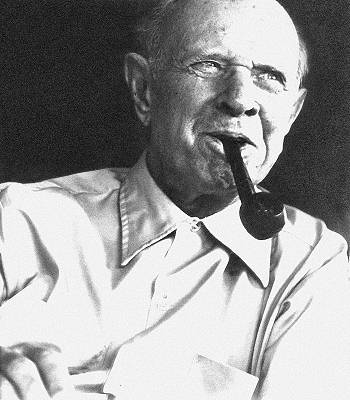
As a protest against the Republican defeat, he refused to play in public, until, one day he was persuaded to play at the White House in USA with his friend Rostropovitch.
After that he gave concerts in Prades and Prades gave him a small house in which to practice and live. He also gave cello lessons.
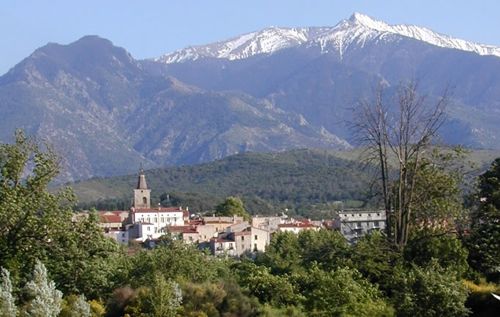
But when he fell in love with Martita, a young Puerto Rican student, the people of Prades threw him out. Mme Barthélémy proposed giving them a house in the Grand Hotel and from then, on each time he was in Europe, he came to stay.
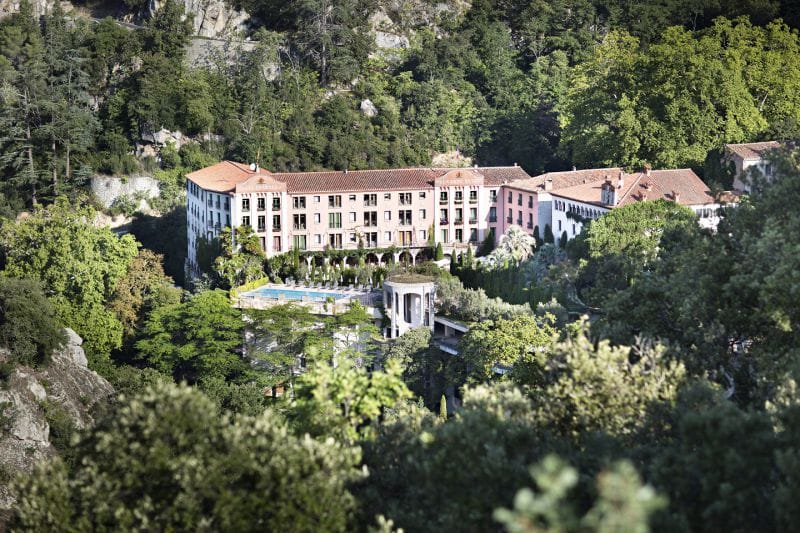
Sanctuary
Pablo Casals found, at the Grand Hotel, a sanctuary where he could practice his music and relax in the beauty of the surroundings. Mlle Barthélémy remembers well how, when he rehearsed, all the family and staff would listen. She describes vividly the joyous, informal occasions with everyone sitting on the grass, on walls, in the trees, all enjoying every note he played.
The family had a fifteen bell clarion made in his honour. It plays his famous composition “Cant dels Ocells”, the song of the birds in which he tells the world of the sadness and regret of the Catalan People, for whom, tomorrow, it will be a song of peace and hope. It was played every time he arrived.
 To this day the Grand Hotel hosts many concerts and art exhibitions. Residents and non residents alike are welcome to come and eat or take a drink on the terrace where Pablo Casals played, explore the grounds, have a treatment, enjoy the concerts. Guests eating in the restaurant can use the pool and, during school holidays there are often activities designed with children in mind. The hotel staff are multi lingual and happy to tell you the programme.
To this day the Grand Hotel hosts many concerts and art exhibitions. Residents and non residents alike are welcome to come and eat or take a drink on the terrace where Pablo Casals played, explore the grounds, have a treatment, enjoy the concerts. Guests eating in the restaurant can use the pool and, during school holidays there are often activities designed with children in mind. The hotel staff are multi lingual and happy to tell you the programme.
Molitg Village
While visiting the Grand Hotel, the old village of Molitg should not be ignored. At its medieval centre is the 12th century church against which leans the 14th or 15th century Chateau de Molitg. In fact the church tower was the lookout of the chateau and the faithful used to have to traverse the chateau courtyard to enter the church.
It was considerably altered in the 19th century and now, during the Pablo Casals summer festival, concerts are held there. It is open from April to November on Tuesdays, Thursdays and Sundays from 10h – 18h.
 Drive further up the valley from the Grand Hotel and you will come to Mosset, a fortified medieval village on the old frontier between the Kingdom of France and that of Aragon. The narrow alleys, vestiges of the ramparts, and the ruined castle all tell of a long and sometimes troubled history. From the clock tower of the church of St Julien and Ste Baselisse a fir tree sprouted in the year of the French Revolution. It has grown a mere 2.9 metres in the past two hundred years and is regarded as a symbol of the tenacity of the good folk of Mosset.
Drive further up the valley from the Grand Hotel and you will come to Mosset, a fortified medieval village on the old frontier between the Kingdom of France and that of Aragon. The narrow alleys, vestiges of the ramparts, and the ruined castle all tell of a long and sometimes troubled history. From the clock tower of the church of St Julien and Ste Baselisse a fir tree sprouted in the year of the French Revolution. It has grown a mere 2.9 metres in the past two hundred years and is regarded as a symbol of the tenacity of the good folk of Mosset.
The Tour de Parfum, a museum dedicated to smell, is an extra olefactory experience to add to a very varied day out in and around the Grand Hotel of Molitg les Bains.
After visiting either village, the Grand Hotel is the place to stop and relax with a cool drink on the terrace, surrounded by beautiful gardens and listening, as did Pablo Casals, to the song of the birds.


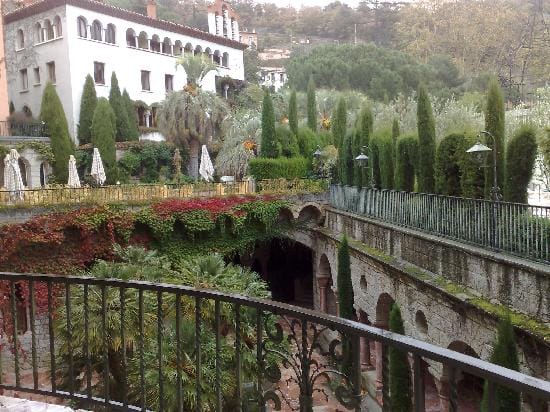


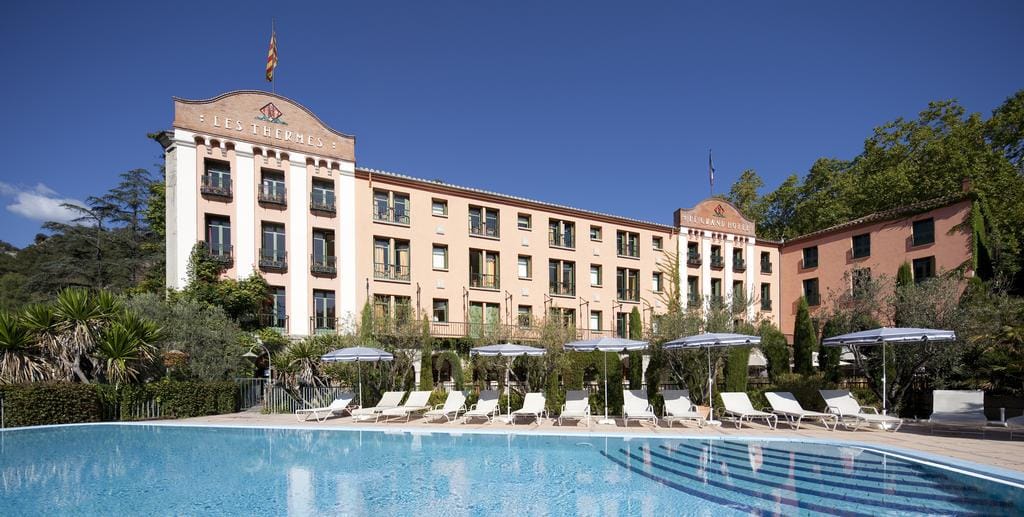
“fifteen bell clarion” should be “15-bell chime” (not a carillon); 14 of the bells are visible in the roof-edge bellcote, and the 15th is probably an hour bell in the belfry below.